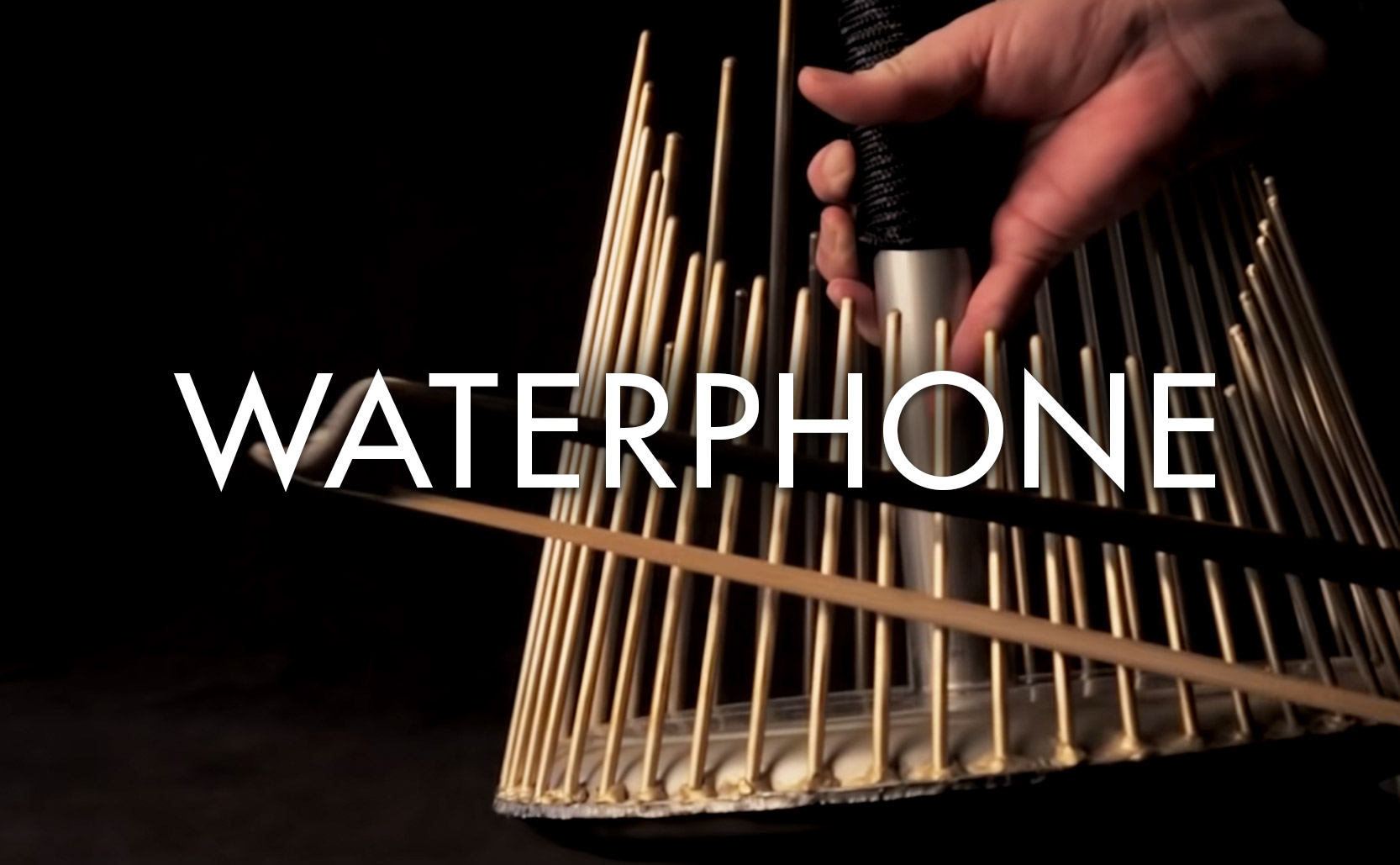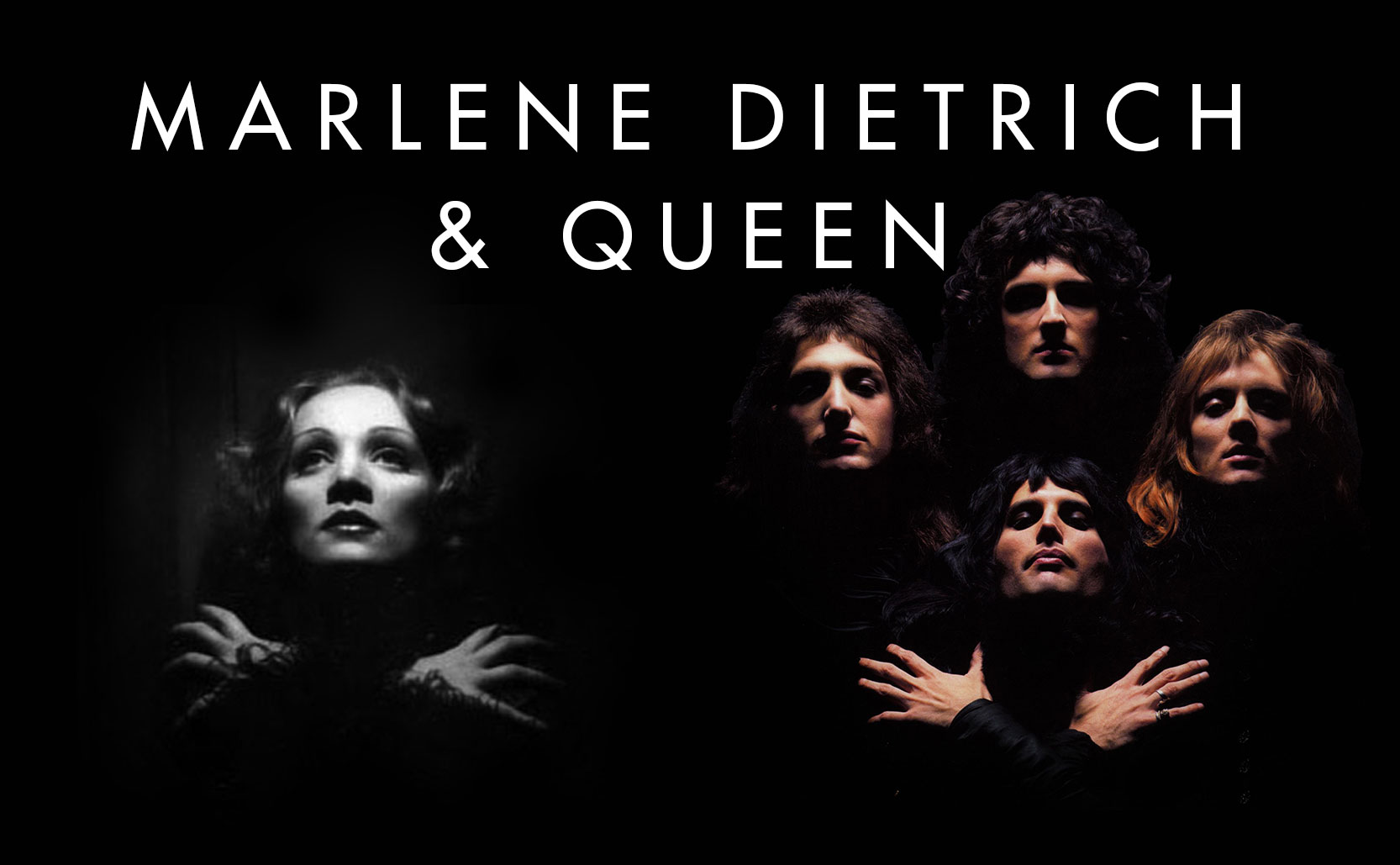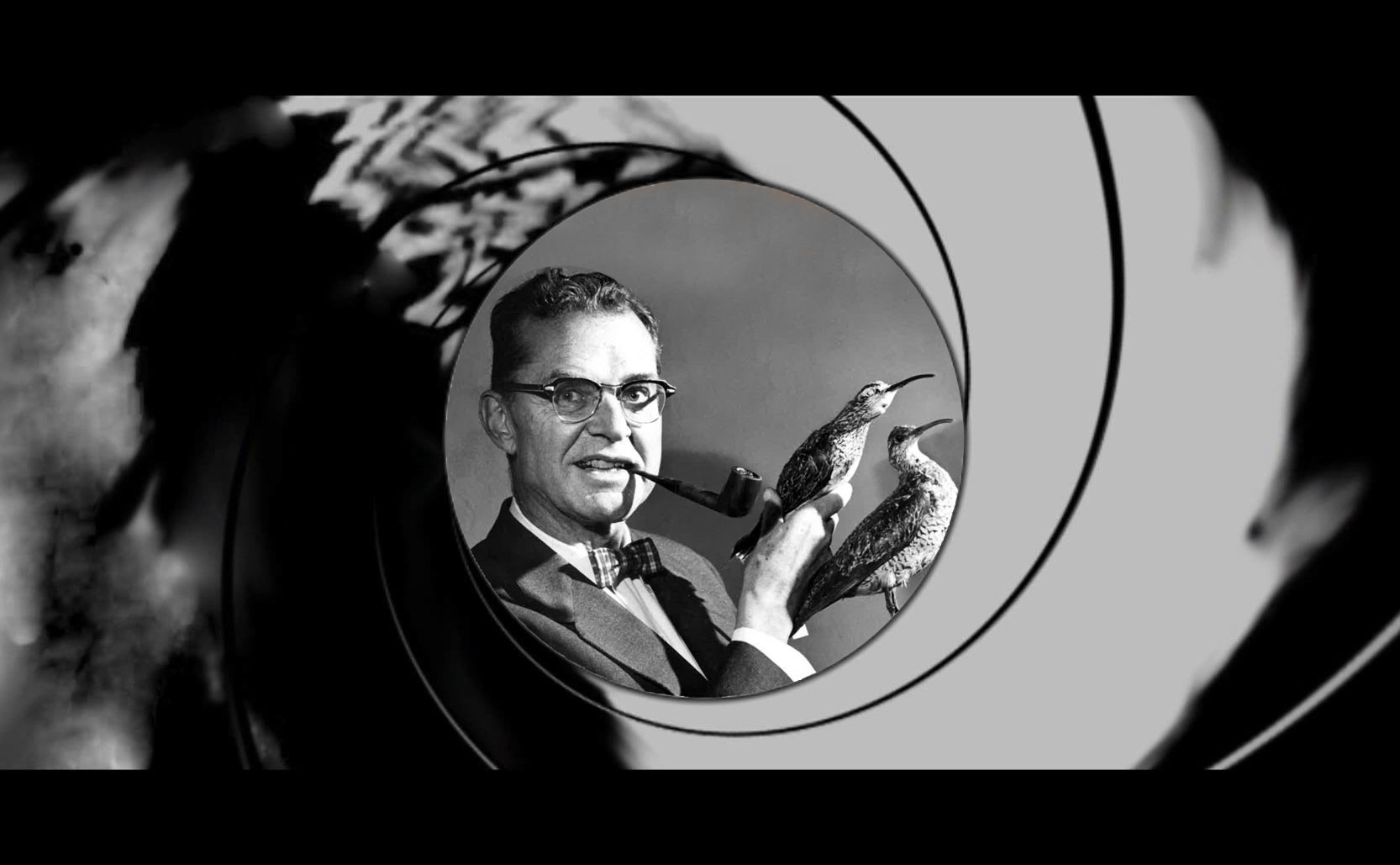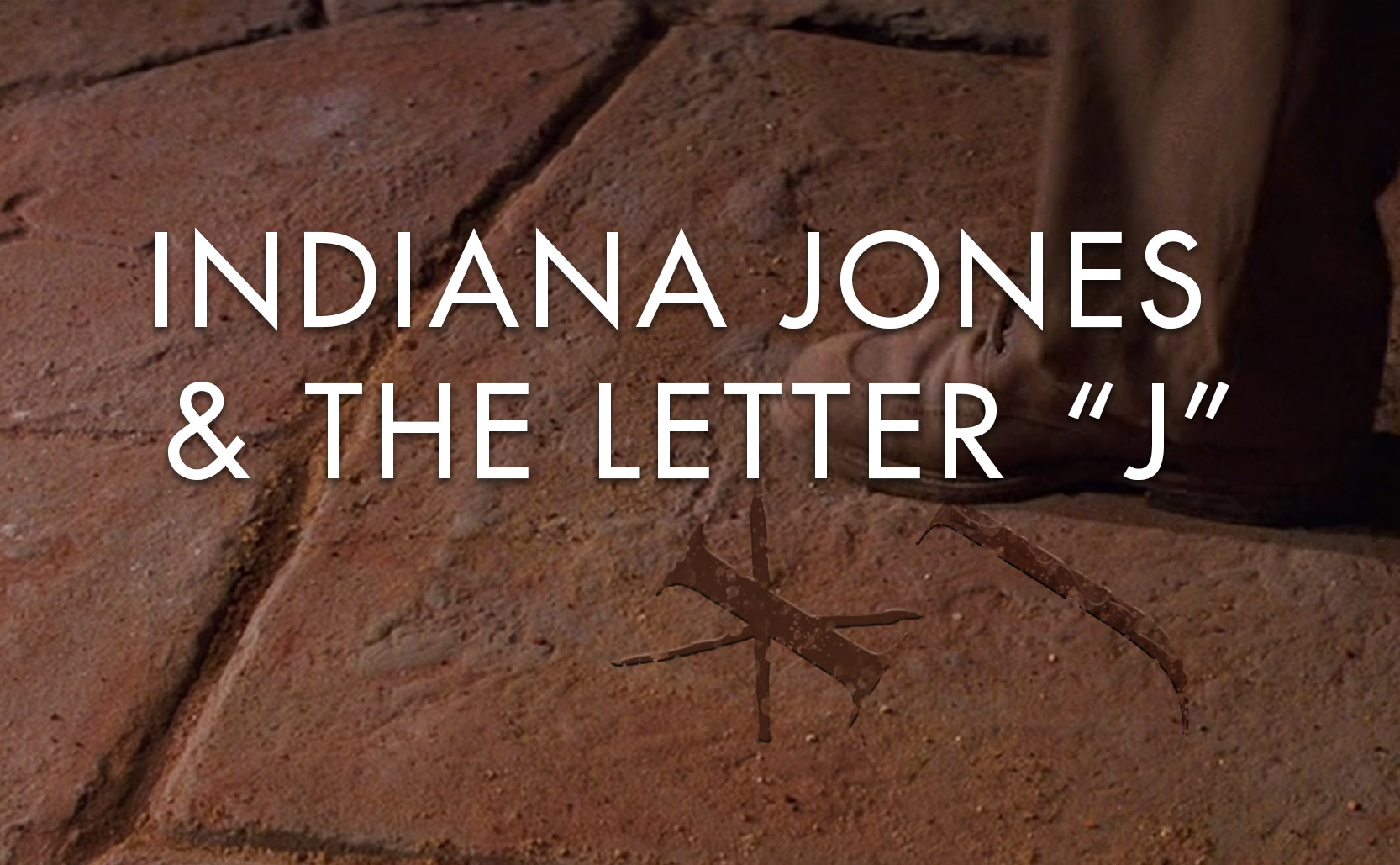MacGuffins
The thing that drives the plot but doesn’t really matter.
In storytelling, a MacGuffin is something that drives the plot but exactly what the thing is doesn’t really matter. It’s a catalyst that gives the characters something to pursue, something to destroy, something to protect, all while revealing their morality, their motivations, etc. A MacGuffin helps to generate action and suspense but ultimately doesn’t directly affect the plot. It has theoretical value to the characters but has no real value to the story. The moment a MacGuffin significantly changes the plot it ceases to be a MacGuffin.
The term was created by screenwriter Angus MacPhail, who collaborated with Alfred Hitchcock (who in turn made the concept famous by using it in several of his films). While the term is new the idea of the MacGuffin is as old as storytelling itself. For example Helen of Troy prompting the siege of Troy in The Iliad, Sleeping Beauty and other classic damsels in distress in need of saving, the Holy Grail motivating the The Knights of the Round Table, etc. are all MacGuffins driving the story but having little impact on the plot.
One of the best examples of a MacGuffin is the statue in Dashiell Hammett’s 1930 novel The Maltese Falcon. The search for the Maltese Falcon statue drives the plot but the fact that it’s a statue of a bird is irrelevant – it just needed to be something of value/importance to the characters. Whether it was a statue, a painting, secret plans, etc. it just had to be something to motivate the characters.

Let’s chase some MacGuffins
There are many examples of MacGuffins, as well as classifications of MacGuffins, but the following are a few examples found in popular media:
- it’s the secret military plans in Hitchcock’s The 39 Steps
- the stolen $40,000 in Psycho
- the microfilm in North by Northwest
- it’s basically everything Indiana Jones chases after such as the Ark of the Covenant in Raiders of the Lost Ark
- the sacred Sankara Stones in Indiana Jones and the Temple of Doom
- the Holy Grail in Indiana Jones and the Last Crusade
- it’s the glowing suitcase in Kiss Me Deadly, which in turn inspired …
- the glowing briefcase in Pulp Fiction
- George Lucas said that R2-D2 with the Death Star plans in Star Wars is a MacGuffin
- it’s the Dude’s rug in The Big Lebowski
- the Horcruxes in Harry Potter
- “Rosebud” in Citizen Kane
- Video games have lots of examples such as Pauline in Donkey Kong and Zelda in the Legend of Zelda
- Grogu (aka Baby Yoda) in the first season of The Mandalorian
- Matt Damon in Saving Private Ryan
- etc.
Not a MacGuffin
The ring in The Hobbit and The Lord of the Rings is frequently thought of as a MacGuffin, but this is incorrect. While the ring could be exchanged for some other object the fact that it has a direct effect on the characters who encounter it, that Bilbo and Frodo both use it numerous times for its magical power of invisibility, and in doing both of these directly changes the plot throughout the story, means it isn’t a MacGuffin.
Added info: lest you think their bar was Scottish themed, the concept of the MacGuffin is so pervasive in film that AMC Theatres named their chain of theater bars MacGuffins Bar.










